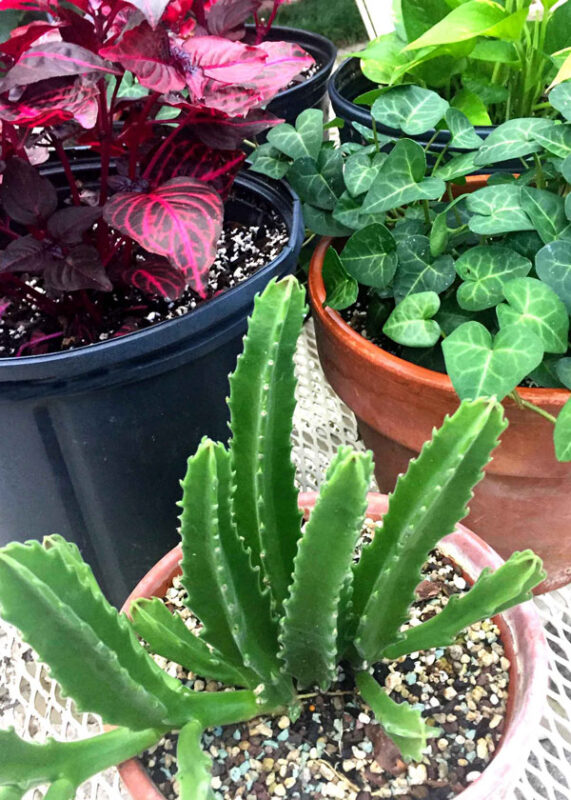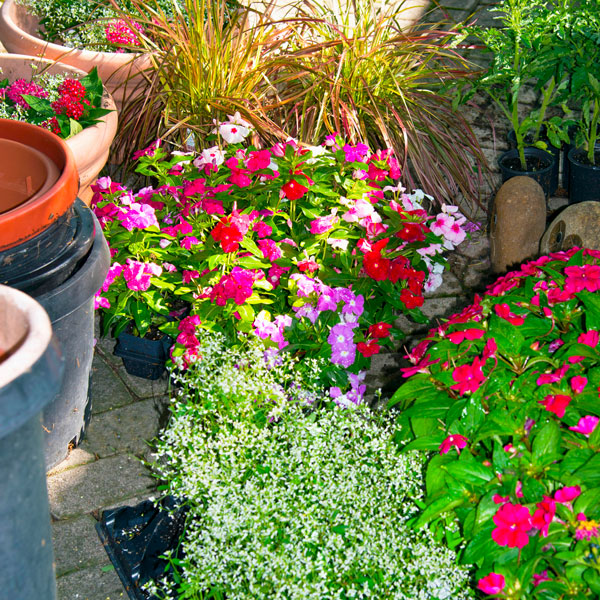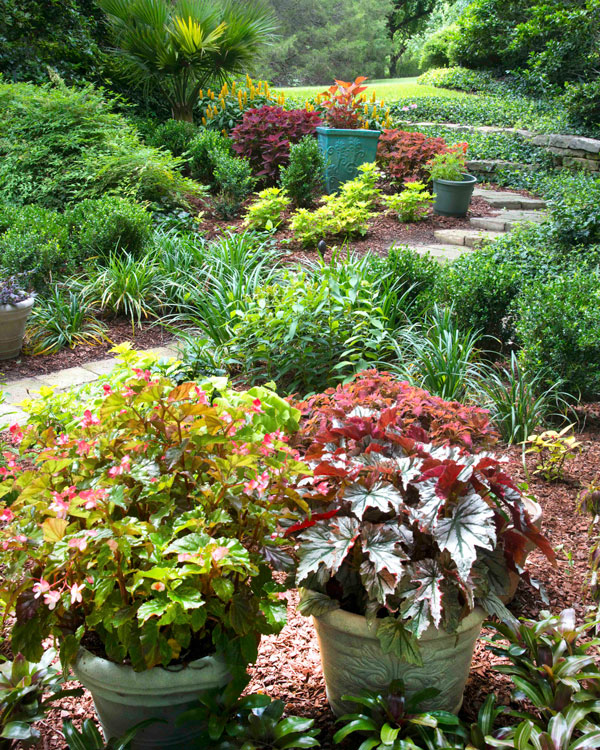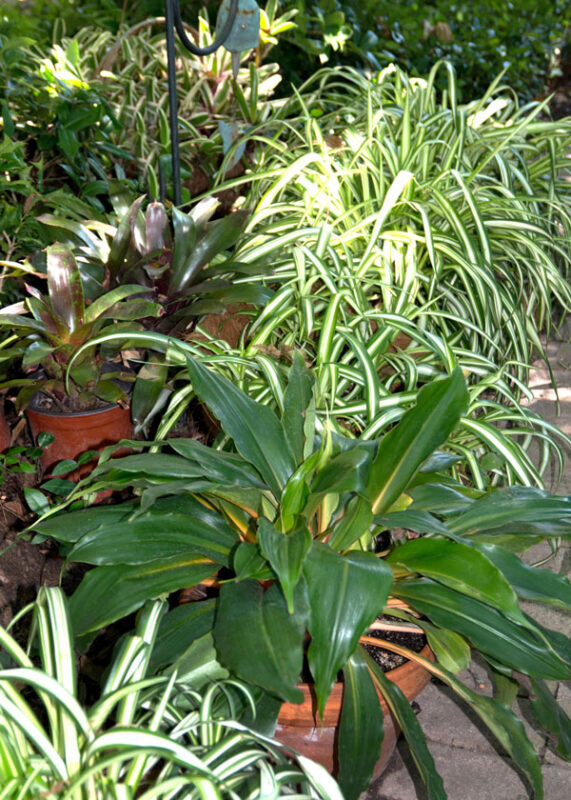From the Sperry Garden: Potting Soils
I’m frequently asked to recommend a brand of potting soil. I say that I haven’t found one that I really like, so I mix up my own.

When I pick up a bag of commercially prepared potting soil, I want it to surprise me by its light weight. I don’t want it to feel like a bag of flour. Plant roots need good aeration, and “heavy” soils have less pore space.
I think back 55 years to my friend the late Steve Dodd Sr. at Dodd’s Garden Center, Preston at Royal in North Dallas. Steve and I must have been on the same wavelength, because he bagged up his own potting soil to sell to his customers. I didn’t pay attention to the exact mix, but it was essentially peat moss and perlite with a few other things combined in.
I was only a few years out of A&M and Ohio State at that point, and Prof. A.F. deWerth at A&M was using a peat/perlite mix for many of his crops. Canadian sphagnum peat moss – the good stuff, and horticultural grade (coarser) perlite – the lightweight white material.
So, that’s where I cut my teeth, and I’ve never strayed very far. I’ve cut back on the amount of perlite, and I’ve added a couple of other things back in, but I still have a very porous potting mix to use in my greenhouse and container gardening.


Here are the ingredients by volume, not by weight…
• 50 percent highest quality sphagnum peat moss;
• 20 percent finely ground pine bark mulch;
• 20 percent horticultural grade perlite; and
• 10 percent expanded shale.
Expanded shale is a clay material that, like perlite, expands when it is heated to approximately 2,000 degrees. I include it with my potting soil mix because it adds weight, or ballast to the containers. It makes them less likely to blow over in windstorms. Obviously, with hanging baskets I revert to perlite.
I also use expanded shale to improve drainage with my cactus and succulent collection – plants like the stapelia you see here. In those cases, the final mix may be as much as 30 or 40 percent expanded shale. I figure I can always add water, but it’s much more difficult to subtract it. Expanded shale stays in place in the potting soil.

You must remember that these potting soils are inherently sterile. They have no built-in nutrition, so you’re going to have to feed your plants every few times that you water them. I use a high-nitrogen, water-soluble plant food, and I couple it with a timed-release, high-nitrogen product for sustained feeding.
